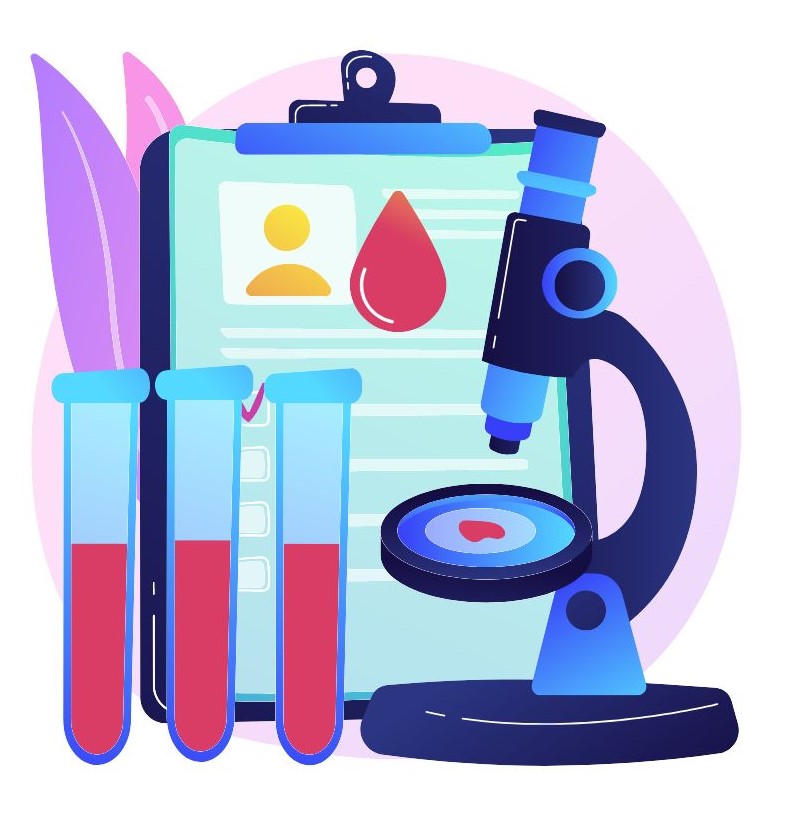
Investigating gut health in Systemic Lupus Erythematosus
 July 24th, 2023
July 24th, 2023 Debbie Kinsey
Debbie Kinsey Latest News
Latest News 0 Comments
0 Comments
 The gut is one of the largest organs in the human body, however its properties and impact on human health are often underestimated. As well as being the organ that obtains nutrients from the food we eat, it is also a very important part of the immune system. Therefore, autoimmune diseases might have previously unknown connection with the gut.
The gut is one of the largest organs in the human body, however its properties and impact on human health are often underestimated. As well as being the organ that obtains nutrients from the food we eat, it is also a very important part of the immune system. Therefore, autoimmune diseases might have previously unknown connection with the gut.
In this study, Professor Claudia Mauri, Dr Paul Blair, and team, investigated the possibility that the gut of SLE patients is damaged and under stress, which could in turn exacerbate SLE symptoms.
What did this study do?
This study measured levels of specific proteins in the blood, called LBP (lipopolysaccharide-binding protein) and I-LBP (intestinal fatty acid binding protein). LBP is used as an indirect measure of bacteria that usually lives in the gut having moved outside the gut, so having high levels of LBP in the blood indicates increased “leakiness” of the gut (also called “gut permeability”). I-FBP is part of the cells that make up the lining of the gut, so having higher levels of this in the blood suggests a damaged gut lining.
Alongside these measures of gut permeability, the researchers also measured levels of serotonin in the blood serum. Serotonin is a hormone that carries signals between nerve cells and has lots of important functions, including digestion. Normal levels of serotonin have been associated with a healthy gut.
What did they find out?
This study found that:
 People with SLE had higher levels of LBP and I-LBP than people without health conditions
People with SLE had higher levels of LBP and I-LBP than people without health conditions- SLE patients with lower disease activity showed higher levels of LBP and I-LBP
- There was a trend towards an increased amount of a part of gut bacteria (called LPS) in the blood of people with SLE compared to people without. However, this result is less certain as the difference wasn’t statistically significant enough to be sure.
- People with SLE had lower levels of serotonin in the blood serum than people without health conditions.
- People with higher levels of LPS had lower levels of serotonin.
What do these results mean?
This study found that people with SLE have higher levels of bacteria that usually live in their gut in their blood stream, as well as higher levels of cells from the gut wall in their blood stream. This suggests that the gut wall may be damaged or “leaky” compared to people without health conditions.
The lower serotonin levels in people with SLE could suggest their gut is more inflamed. Because people with higher markers of “leaky gut” had lower levels of serotonin, it suggests that patients with a “leaky gut” have lower levels serotonin levels which reduces their anti-inflammatory capacity. The researchers suggested that treatments which target serotonin levels could be a new strategy for people with SLE.
The findings of this study may mean that strategies aimed at improving gut health should be considered for people with SLE.
What happens next?
The researchers want to test their results with a larger group of patients, so that they can be more certain of them. They plan to investigate if there is a link between the increased levels of “leaky gut” in people with SLE and the amount of a type of immune cell called “B cells”. A type of B cell called “regulatory B cells” or “Bregs” are dysregulated in SLE, and this is known to play a key role in inflammation, so they want to see if there is a link between higher leaky gut and lower Bregs cells. They also plan to examine cells taken from the gut tissue of SLE patients who are having a colon biopsy to help them understand how the cells in the gut wall of SLE patients are working.
They hope to use the results from this and future studies to develop new ways to diagnose, treat, and help patients with SLE.
You can read some published scientific articles from the lab here:
- Intestinal barrier dysfunction plays an integral role in arthritis pathology and can be targeted to ameliorate disease (2021)
- Microbiota-Derived Metabolites Suppress Arthritis by Amplifying Aryl-Hydrocarbon Receptor Activation in Regulatory B Cells (2020)
- Regulatory B cells are induced by gut microbiota–driven interleukin-1β and interleukin-6 production (2014)
This study was funded by LUPUS UK.



 ©2024 LUPUS UK (Registered charity no. 1200671)
©2024 LUPUS UK (Registered charity no. 1200671)